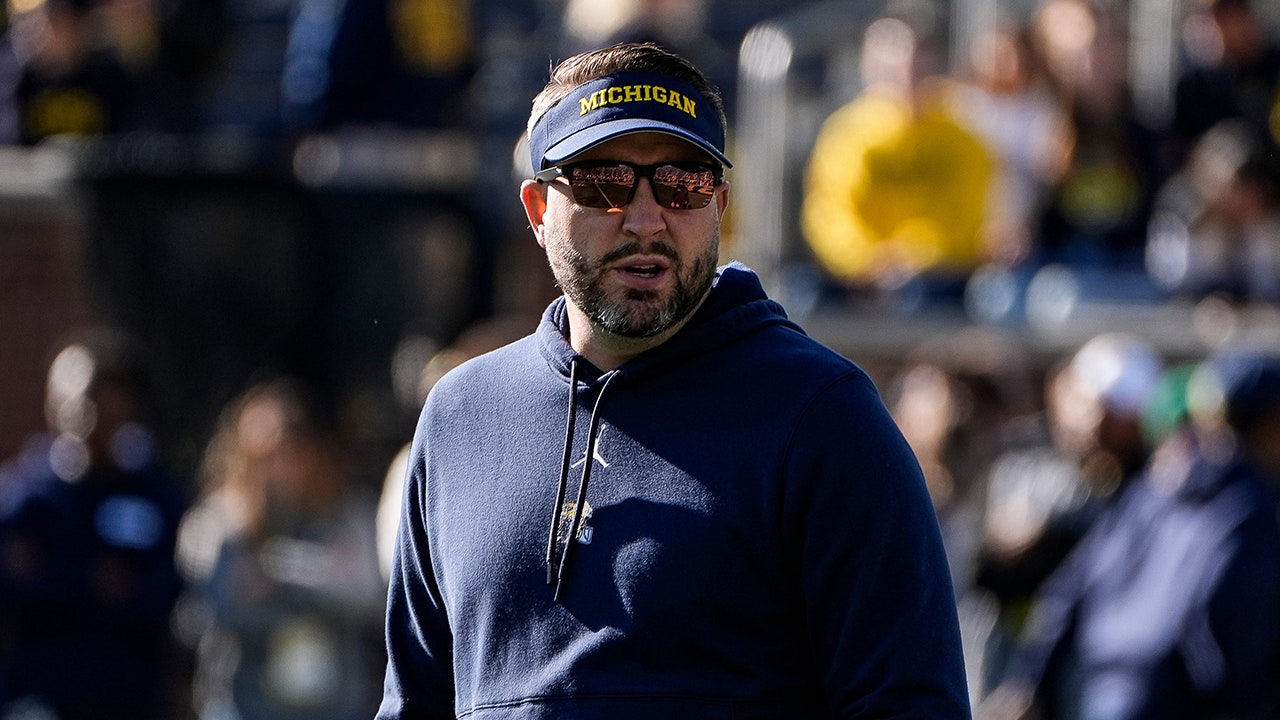Thus, many of the questions posed by market participants are about the margins. How high will the Fed have to raise interest rates? How long will they have to stay there? Will an economic slowdown suffice or will the US fall into recession?
What could go wrong? As I see it, there are three significant risks.
First, economic growth could prove more persistent than expected. Not only did the economy expand much faster during the second half of 2022 than the first, but also the economy will receive additional support next year as federal government outlays surge. The $1.7 trillion government funding bill for 2023 increases defense spending by 10% and domestic discretionary spending by 6%. At the same time, the monthly social security and disability benefit checks to 70 million recipients will rise by 8.7% starting this month. In fact, the increase in recipients’ disposable income will be even larger because Medicare insurance premiums, which are deducted from these checks, will decline this year because the hikes implemented in 2022 turned out to be considerably higher than needed.
Second, monetary policy may not be sufficiently tight to exert much restraint on economic growth. Fed officials believe that a federal funds rate of 2.5% is neutral when inflation is at 2%. So, this would seem to imply that a federal funds rate of 5% (which compares to the current target range of 4.25% to 4.50%) or slightly more should be sufficient to do the job. However, there are number of important reasons why the neutral rate might be higher. For one, because inflation and inflation expectations are elevated currently, then the neutral rate should also be higher. How much so is difficult to judge. Should we use one-year inflation expectations that are still very elevated or longer-term inflation expectations that are still well-anchored?
Another is changes in the balance of investment and saving. If investment demand is elevated — for example, due to costs of shifting production to electric motor vehicles or building greater resiliency to supply chains — then that implies a higher real short-term interest rate. Similarly, if the retirement of the baby-boomer generation and more persistent federal budget deficits reduce the available saving pool, that pushes in the same direction. Recall that prior to the financial crisis, the neutral rate was widely assumed to be around 4% — 2% real (as embodied in the Taylor Rule) and 2% inflation.
A final — albeit more subtle point — is the fact that the Fed’s balance sheet is still greatly enlarged at $8.56 trillion in assets. Quantitative easing added monetary policy stimulus. Thus, that stimulus should have pushed the neutral rate higher. Although that stimulus is now being withdrawn through quantitative tightening, it still will take another year or two to get back to where we started. So, while QT is tightening monetary policy, it is not yet making monetary policy tight relative to where we started.
Third, market participants (and the Fed, for that matter) may become too enthralled by the drop in goods inflation. The upward pressure on goods prices inflation was always likely to be largely transitory — caused mainly by the shift in the composition of demand toward goods during the height of the pandemic, which has now unwound. If you were willing to ignore transitory goods price pressures on the way up, you also need to ignore them on the way down. Goods price inflation will likely undershoot its underlying trend in 2023 before moving back to a higher trend in 2024 and beyond.
So, what should one watch going forward? Focus on three areas:
• The labor market. To get services inflation in check, Fed officials need to drive wage inflation down to a range of 3% to 4%. This will require a persistent string of payroll gains of less than 100,000 per month and a rise in the unemployment rate to at least 4.5% to 5% from the current 3.7%.
• Financial market conditions. For monetary policy to bite, financial conditions need to stay tight. If financial conditions ease, this just puts a greater burden on the Fed to keep rates higher for longer.
• The Fed. The Federal Open Market Committee has been unified in its collective commitment to get inflation back down to 2%. But, as the labor market deteriorates, the Fed’s dual mandates will be in conflict and its job will be harder. Although I believe the Fed will stay the course, the political pressure on the central bank will grow as the 2024 election cycle grows nearer.
Are there any big risks? There are two that I would highlight:
The first is energy security and prices. Here there are a lot of moving parts. Vladmir Putin could decide to weaponize Russian oil production. The end of China’s zero-Covid policy could first depress then spur demand for energy. Persistent underinvestment in oil and gas production could also contribute to higher and more volatile prices.
The second is the fiscal outlook. The budget deficit is likely to be around 5% of gross domestic product in 2023. That is an abject performance when the economy is operating beyond full employment. Moreover, it is a horrible jumping off point for what lies ahead — much higher debt service costs and soaring social security and Medicare spending as the baby boom generation retires. The squeeze on government finances will be exacerbated by a sharp rise in the cost of the Fed’s liabilities (mainly bank reserves) relative to the earnings the Fed realizes from its holdings of Treasury and agency mortgage-backed securities. The rise in short-term rates will cause the central bank’s income to fall from a profit of more than $100 billion in 2021 to a loss of more than $100 billion in 2023. As Everett Dirksen is reputed to have put it when he was Senate Minority Leader, “A billion here, a billion there, and pretty soon you’re talking about real money.”
While it is hard to know precisely when the persistent red ink will be viewed as big enough to matter, a fiscal crunch and bond market turbulence seem inevitable at some point.
More from Bloomberg Opinion:
• US Bonds Show the Fed Is Not Behind the Curve: Matthew Winkler
• Like the BOJ, Central Banks Will Pivot in 2023: Marcus Ashworth
• Investors Would Be Better Off Believing the Fed: Bill Dudley
(Corrects to say Everett Dirksen was Senate Minority Leader, not Speaker of the House.)
This column does not necessarily reflect the opinion of the editorial board or Bloomberg LP and its owners.
Bill Dudley is a Bloomberg Opinion columnist and senior adviser to Bloomberg Economics. A senior research scholar at Princeton University, he served as president of the Federal Reserve Bank of New York and as vice chairman of the Federal Open Market Committee.
More stories like this are available on bloomberg.com/opinion















































